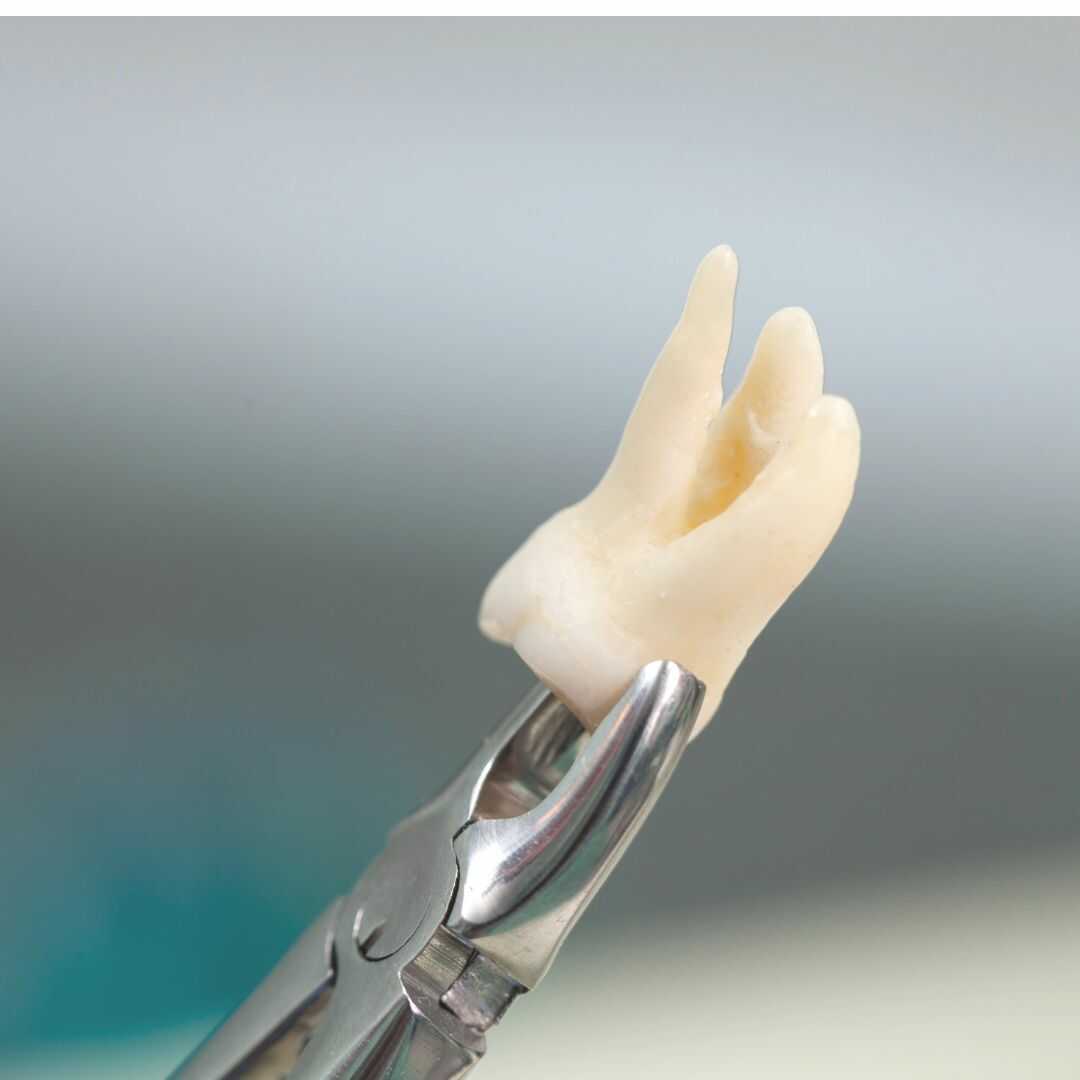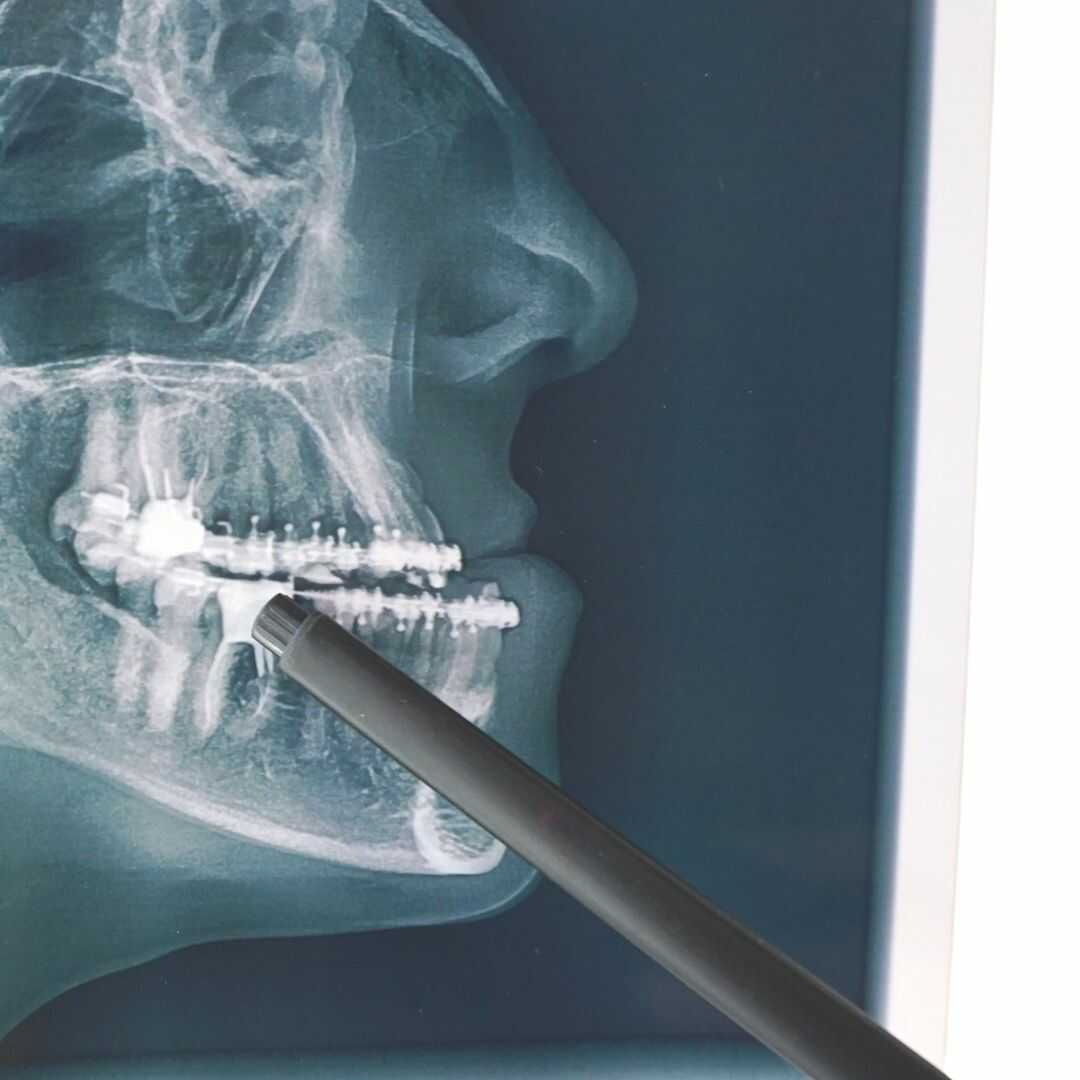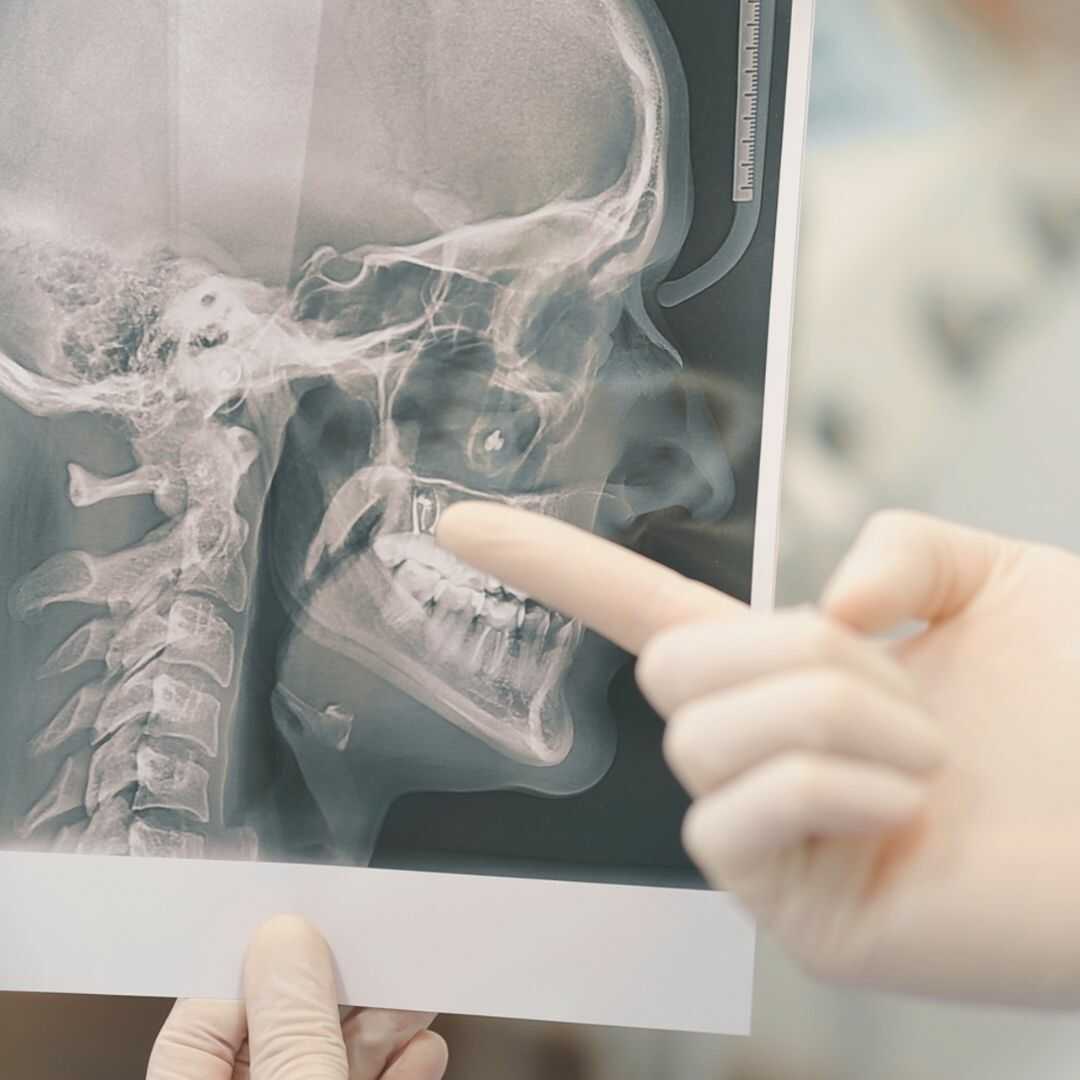Oral and maxillofacial surgery
Oral and maxillofacial surgery
The extraction of teeth
It is a treatment that involves removing the tooth from the bone in its socket. Due to the following reasons :
- Tooth decay that reaches deep into the tooth nerve cavity and is unable to maintain and restore teeth.
- Teeth with severe periodontitis cannot be cured.
- Teeth that have been in an accident, broken teeth, or broken teeth that cannot be healed or repaired or broken tooth root unable to fill the root canal.
- Tooths with conditions of the bone around the tooth root, such as cysts, tumors, osteomyelitis, or dead jawbone.
- Primary teeth that do not fall out over time. This causes the underlying permanent tooth to be unable to replace itself or the permanent tooth to erupt in the wrong position.
Tooth extraction is a treatment that the dentist plans as a last resort. Because if the tooth can still be treated with other dental treatments, that treatment will be chosen first. Because of tooth extraction it is the permanent loss of natural teeth and may cause problems with neighboring teeth causing them to move in a different direction than before.
Impacted tooth
Impacted tooth is the last molar tooth that cannot come up normally. It is a tooth that is embedded beneath the gum tissue and jaw bone area. Wisdom teeth cannot be seen with the naked eye unless they are protruding above the gums. It will require an x-ray to be seen, which will require extraction or surgery by a dentist specializing in oral and maxillofacial surgery. Because it is in a way that cannot happen normally or not aligned with the teeth. Most wisdom teeth occur in the late teens or in the early twenties, if you leave your wisdom teeth in, it will be a risk for various conditions.
- The gums in the area covering the wisdom teeth are inflamed or infected.
- Cavities occur in adjacent molars.
- Causes of periodontal disease. (Gum disease)
- A cyst forms in the jaw area – a tumor cyst around the wisdom tooth.
- Have chronic pain or discomfort. Due to the pressure of wisdom teeth.
- Protruding teeth, crooked teeth, bone around the tooth root or the roots of nearby teeth are damaged from the pressure of the wisdom teeth trying to push up.
- Affects tooth alignment. This causes problems with orthodontics being in a bad position or having crowded front teeth.
- Abnormalities in the tooth pulp.
Supernumerary Tooth
Normally, humans have 20 primary teeth and 32 permanent teeth. If there are more than that, it is called extra teeth. The extra teeth can be one or more teeth that are located in the jaw. Most often, extra teeth can be found in the upper jaw rather than the lower jaw.
Causes of extra teeth although the exact cause is still unknown. But there is a possibility from many factors, such as
Causes of extra teeth although the exact cause is still unknown. But there is a possibility from many factors, such as
- Too much division of the epithelial band of tooth origin.
- Irregular division of tooth shoots.
- Environmental conditions and genetic inheritance.
Danger from excess teeth
- Causing other teeth to not move to the position they should be. Until it was in an unusual position, such as slashing on the ceiling teeth pointing towards the nasal cavity.
- Inflammation and pus develop into cysts or tumors.
- Other dental problems occur as well, such as cleft lip and cleft palate.
- Wound pain and heavy bleeding.
Embedded Tooth
These are teeth that cannot emerge normally in the mouth. It may cause the roots of adjacent teeth to dissolve. Implanted teeth can be found in front teeth, canines, and other teeth that look like wisdom teeth. But the entire tooth is embedded in the jaw. Being unable to grow up surgery is therefore more complicated.




